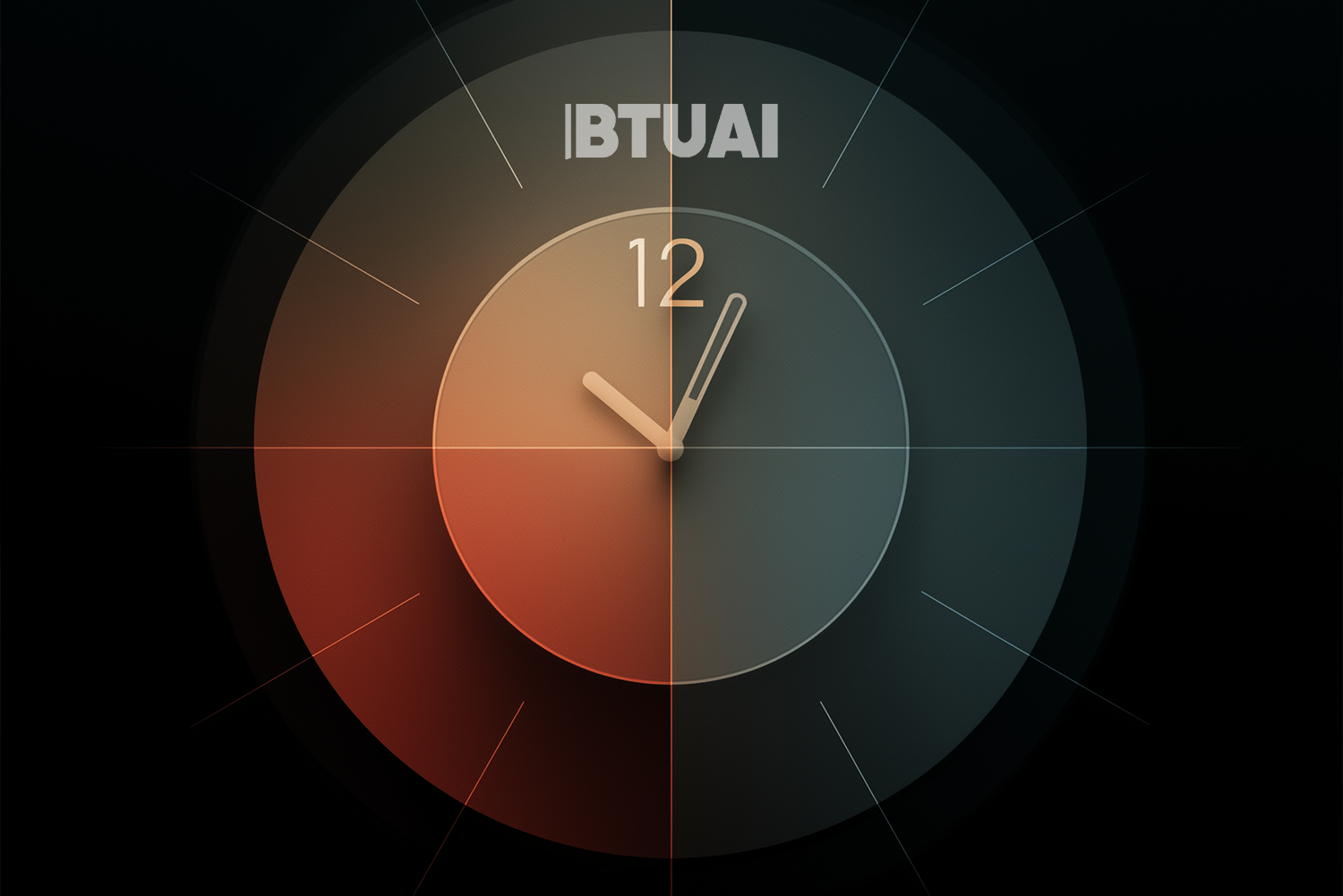Working Hours and Time Management in the IT Sector: Balancing Flexibility and Pressure
In the global labor market, the IT sector has long been associated with more flexible working hours compared to

In the global labor market, the IT sector has long been associated with more flexible working hours compared to traditional industries. While manufacturing, finance, and healthcare typically follow strict schedules, IT professionals—especially in software development and digital services—often have the freedom to manage their own working time. Project-based tasks, international collaboration across time zones, and the culture of remote work have created an environment where the standard 9-to-6 model is less dominant. However, this flexibility is a double-edged sword—providing freedom while simultaneously blurring the lines between work and personal life.
Georgia’s IT sector largely mirrors these global trends, but with some local characteristics. According to recent data, 27% of IT professionals in Georgia work more than 40 hours per week, and 16% regularly work during evening or night hours. Although the sector utilizes digital tools aimed at optimizing time management, a significant share of employees still experience prolonged working periods. What does this indicate?
Firstly, the very nature of IT work promotes asynchronous schedules. Project cycles, tight client deadlines, and service demands across different continents naturally encourage flexible time distribution. Secondly, the increasing integration of Georgia’s IT sector with global markets—exporting over $200 million annually—places additional pressure on the workforce to adapt to international standards, often at the expense of traditional work-life boundaries.
However, the question remains: is this truly a challenge, or simply a new reality of modern professional life? Some argue that flexible hours allow employees to align their work with their most productive periods. Others point out that the absence of clear structures leads to overwork, stress, and long-term risks of burnout.
Industry representatives in Georgia report a growing awareness of these risks. Despite the ongoing popularity of remote and hybrid work models, there is increasing demand for clearer schedules, regular check-ins, and maintaining stronger boundaries between work and personal time. Still, implementing these structures without undermining the flexibility that makes IT careers attractive remains a delicate challenge.
The future of Georgia’s IT sector will largely depend on how well companies manage this balance: whether they can preserve flexibility and efficiency while ensuring employee well-being and sustainable professional growth. These questions will shape not only the local market but also the broader trends across the global digital economy.
Find the BTU’s research report on IT sector trends here.




